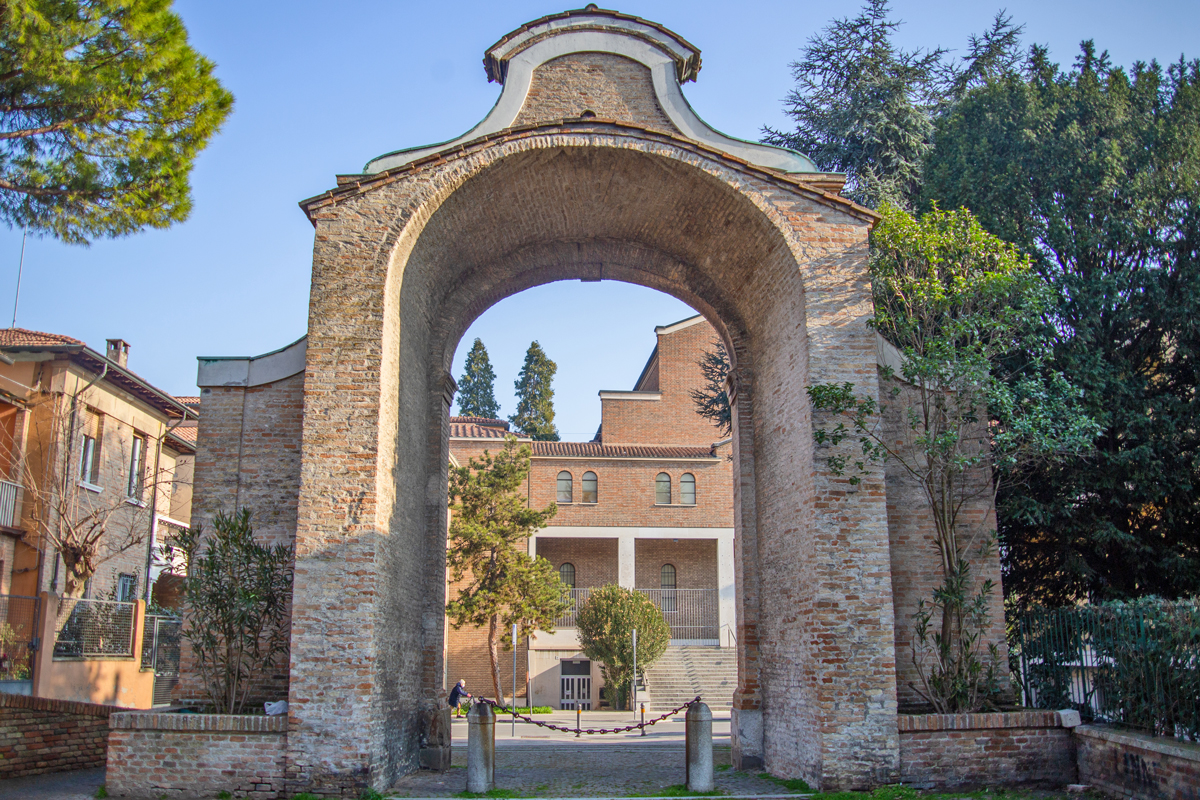PORTA GAZA (or Porta dei Preti, also known as Gazza) is located to the south of the city, close to the current Via Circonvallazione al Molino.
The first mention of the gate dates back to 1186, but the structure probably has a more ancient origin. It lies between the extension of walls by Valentinian III (4th century AD) and the older walls of the Roman oppidum.
Many documents suggest that its name refers to its previous function as access to the castellum of the Gazi, whose evidence are rather uncertain and vague (see focus).
Unlike the other access gates of the city, this gate has been owned by the archbishopric and thus only used by the Church for centuries.
However, we know for certain that in 1338, Archbishop Francesco Michiel granted the so-called quartiere gazo in emphyteusis to Raniero (son of the Count of Cunnio), with the obligation of personally taking care of this stretch of fortification.
The gate was closed at the end of the 16th century and then rebuilt for the “ornament and benefit of the city” in 1750, by order of Archbishop Ferdinando Romualdo Guiccioli, as shown by the epigraph above the arch.
Unused for a long time, with the Unification of Italy the gate passed into the hands of the army, which also built an armory – later adapted to a dovecote – beside it.
Damaged during World War II, during the 1960s it was restored to the form it still has today.
The door is made of bricks, except for a few decorative elements in marble: the cornices of the attic and the two side wings, the capitals and the keystone of the arch, inside which are the monograms of Mary and Jesus.
The base is made of white limestone and fossil limestone. A masonry crowning structure framed by a band made of another material, with the archbishop’s inscription in the centre, concludes the composition.








